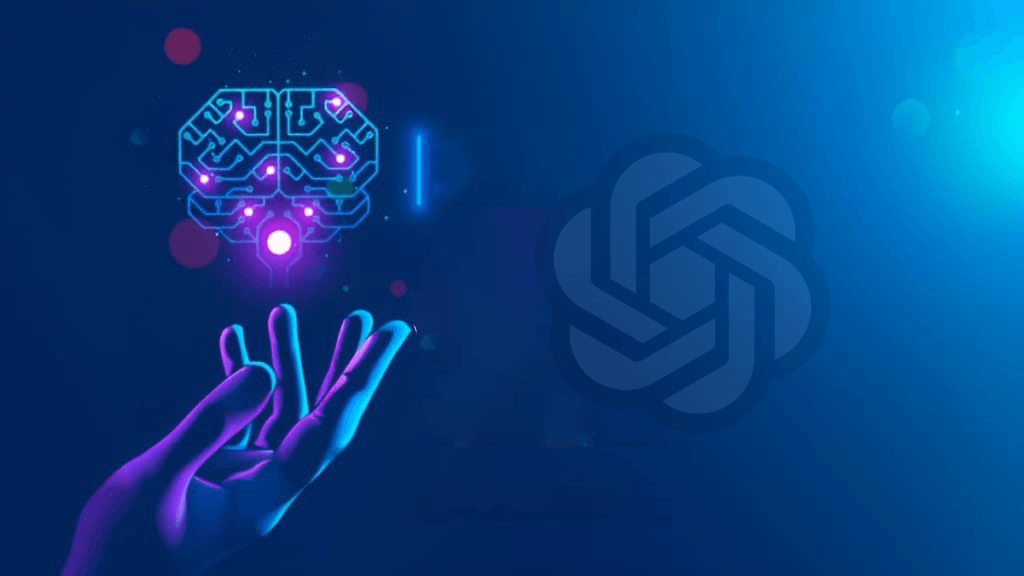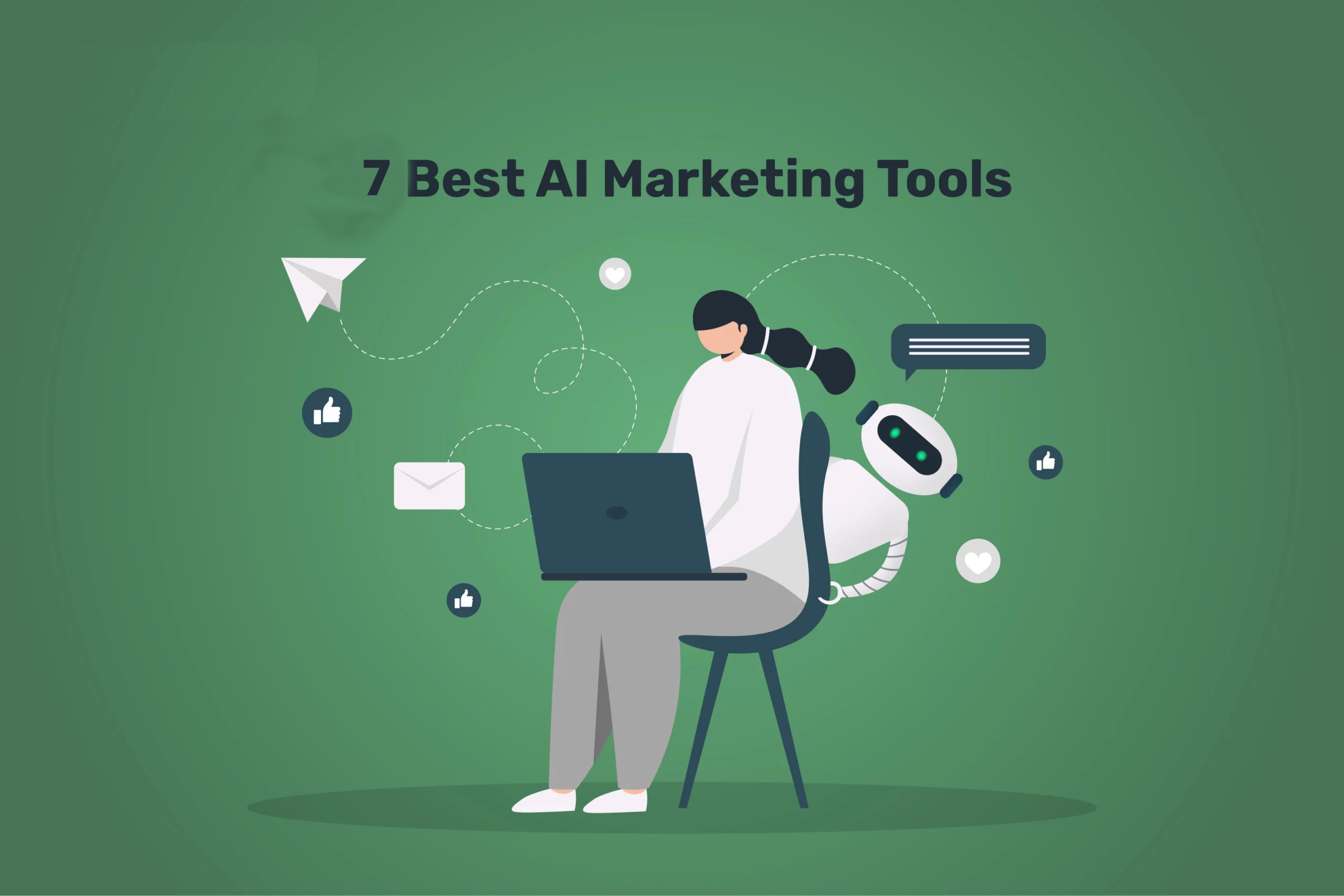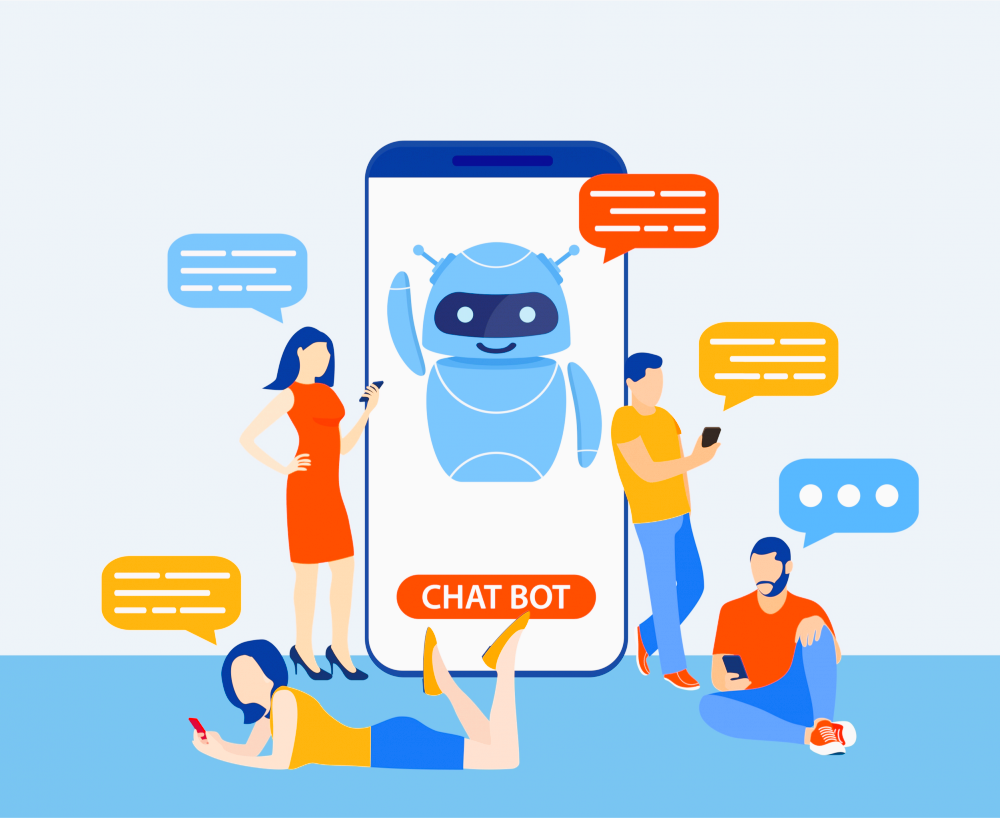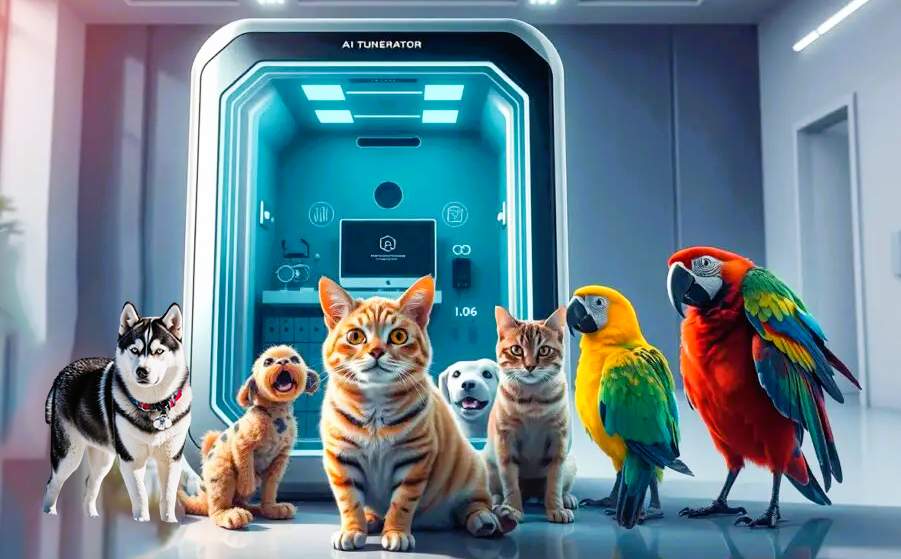OpenAI chatbots are computer programs designed to talk and interact with people in a natural and human-like way. These chatbots are becoming essential to communication, especially in business, customer service, and even personal conversations. This article explains what OpenAI chatbots are, how they work, and why they are so helpful. We will also look at some real-world examples of OpenAI chatbots and explore the future of this exciting technology.
What is OpenAI?
OpenAI is a company that develops advanced artificial intelligence (AI) technologies. Founded to create AI that benefits everyone, OpenAI has built some of the most advanced AI models in the world, including chatbots. The organization’s mission is to ensure that AI is safe and accessible to help solve significant problems and improve daily life.
OpenAI’s chatbots are powered by complex algorithms that allow them to understand and generate responses that mimic human conversation. These chatbots are used in many areas, including businesses, healthcare, and education, to help answer questions, solve problems, and engage with users in real-time.
How OpenAI Chatbots Work
OpenAI chatbots work by using natural language processing (NLP), which helps the chatbot understand human language. NLP allows the chatbot to “read” what someone types and then “think” about how to respond. Behind the scenes, the chatbot is powered by machine learning, a form of AI that allows the chatbot to improve over time by learning from past conversations.
Machine learning uses data to teach the chatbot how to respond to different questions and situations. For example, if a user asks a chatbot about the weather, the chatbot can search through its training data and provide a relevant response, like giving the current weather forecast. This ability to learn and adapt makes OpenAI chatbots more effective as they handle more interactions.
The training data for OpenAI chatbots comes from various sources, such as books, websites, and conversations. This large amount of data helps the chatbot understand a wide range of topics and respond in a way that makes sense to the user.
Applications of OpenAI Chatbots
OpenAI chatbots are used in various industries, and their applications are growing daily. Here are some key areas where chatbots are making a significant impact:
Customer Service:
Businesses use OpenAI chatbots to provide quick and efficient customer support. Chatbots can answer questions, troubleshoot issues, and help customers make purchases. This is especially helpful for companies that need to handle extensive customer inquiries. Chatbots can work 24/7, ensuring customers can always get help, even outside regular business hours.
Education:
In education, OpenAI chatbots are used to assist students with their studies. For example, a chatbot can help students find information, explain complex concepts, or provide tutoring. This makes learning more accessible and allows students to get personalized assistance without needing a human teacher all the time.
Healthcare:
OpenAI chatbots are also used in healthcare to provide primary medical advice, schedule appointments, and remind patients to take their medication. Although chatbots are not a replacement for real doctors, they can help reduce the workload for healthcare professionals and make it easier for patients to access simple healthcare services.
Retail:
In the retail industry, chatbots help customers find products, answer questions about stock, and even suggest items based on what the customer has bought. This improves the shopping experience and makes it easier for customers to find what they need.
Advantages of Using OpenAI Chatbots

There are many reasons why businesses and individuals choose to use OpenAI chatbots. Some of the main advantages include:
24/7 Availability:
One of the most significant benefits of chatbots is that they are always available. Unlike human employees, who need breaks and sleep, chatbots can work around the clock, ensuring that customers and users can get help whenever required.
Instant Responses:
Chatbots can provide instant responses to user queries. This is especially useful in industries where quick answers are essential, such as customer service or online retail. Users don’t have to wait in line or send emails; they can immediately get the information they need.
Cost-Effective:
Chatbots can be a cost-effective solution for businesses to handle large volumes of customer interactions. Hiring staff to manage thousands of inquiries can be expensive, but a chatbot can handle these tasks at a much lower cost. This allows businesses to save money while still providing quality service.
Enhanced User Experience:
Chatbots can make interactions smoother and more personalized. Chatbots can provide customized responses that improve the overall user experience by understanding user preferences and learning from past conversations. This helps businesses build stronger relationships with their customers.
Limitations of OpenAI Chatbots
While OpenAI chatbots offer many advantages, they also have some limitations. Understanding these limitations is essential for anyone using chatbot technology.
Difficulty Understanding Complex Context:
Sometimes, chatbots need help understanding complex questions or conversations that involve a lot of context. For example, the chatbot might provide an incorrect or irrelevant response if a user asks a vague or confusing question. This can frustrate users, especially if they need specific help.
Lack of Emotional Intelligence:
Unlike humans, chatbots cannot fully understand or respond to emotions. While they can somewhat simulate empathy, they are still limited when providing emotional support or responding to sensitive situations. This is an area where human interaction is still necessary.
Ethical Concerns:
There are ethical considerations around the use of AI, especially when it comes to biases in the data used to train chatbots. If a chatbot’s training data contains biased information, it could lead to biased responses. Developers need to be aware of these risks and work to minimize any potential negative impacts.
Future of OpenAI Chatbots

As technology continues to improve, the future of OpenAI chatbots looks promising. Advances in machine learning and natural language processing will likely make chatbots even more effective at understanding and responding to complex conversations. In the future, chatbots can handle even more tasks, from emotional support to complicated decisions.
Chatbots are also expected to play an even more significant role in the healthcare, education, and customer service industries. As businesses and organizations adopt AI technology, chatbots will become essential for improving efficiency and enhancing user experiences.
However, it’s important to remember that human oversight will always be needed to ensure that chatbots are used responsibly and ethically. As chatbots become more advanced, humans’ role in guiding and supervising AI will become crucial.
How to Get Started with OpenAI Chatbots
For businesses and individuals interested in using OpenAI chatbots, getting started is easier than ever. OpenAI offers developers a range of tools and resources to create custom chatbots tailored to their needs. Whether you’re looking to improve customer service, streamline business operations, or enhance online interactions, there’s a chatbot solution available.
Developers’ first step is learning how to work with OpenAI’s APIs and training models. Businesses can also partner with AI specialists or use pre-built chatbot solutions to incorporate this technology into their operations.
User Experience with OpenAI Chatbots
Regarding user experience, OpenAI chatbots are designed to make interactions as seamless and efficient as possible. Users can ask questions and get answers quickly without navigating complicated systems or waiting for human assistance. Collecting feedback from users is essential for improving the chatbot’s performance and ensuring it meets its audience’s needs.
Businesses can use feedback to optimize their chatbots, ensuring that they provide accurate, helpful responses that enhance user satisfaction.
Conclusion
OpenAI chatbots transform how we communicate and interact in today’s digital world. From customer service to education, healthcare, and beyond, these AI-driven tools offer instant, 24/7 support, making life easier for businesses and individuals.
While there are some limitations, the potential of OpenAI chatbots to revolutionize communication is immense. As AI technology advances, we can expect chatbots to play an even more significant role in shaping the future of business and daily life.





